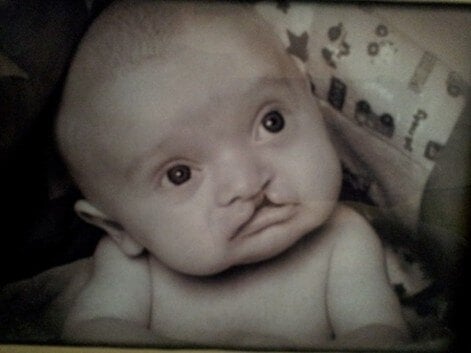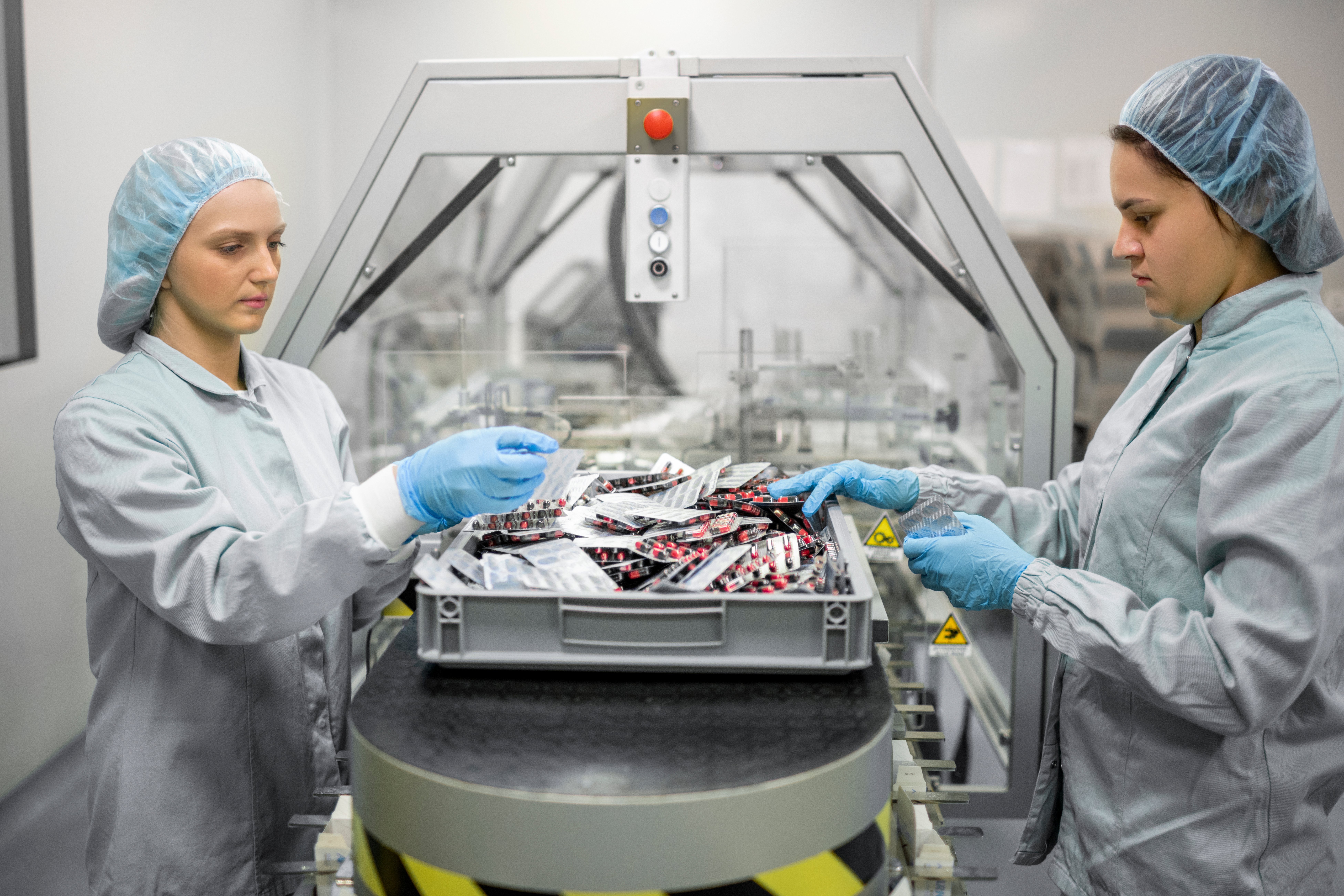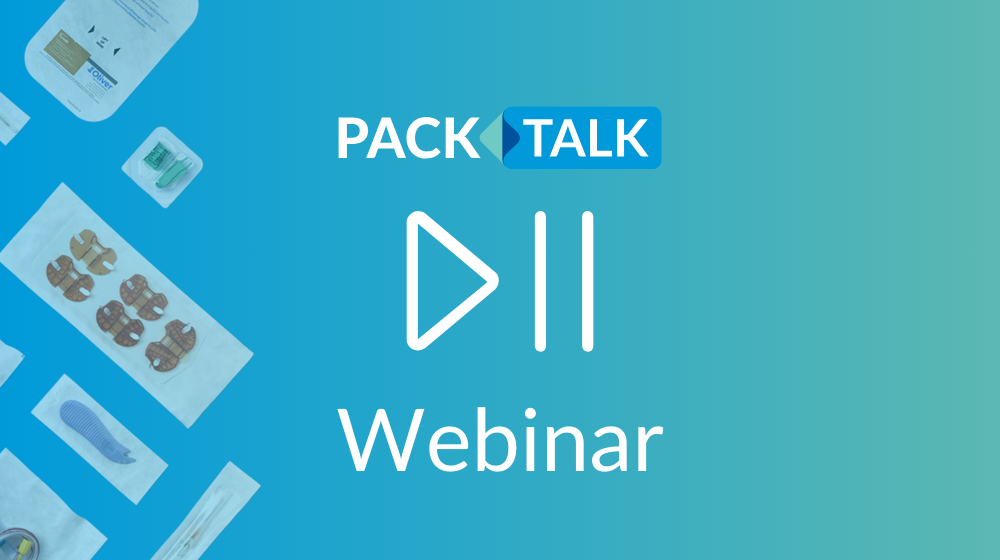Back to Basics: Your Pouch Questions Answered
Learning the steps to successfully develop a sterile barrier packaging system can be challenging. From designing, meeting regulatory requirements, to passing testing and validation, there are many important stages and stakeholders. It is daunting and complex, and there is little room for error.
Recently, Associate Product Marketing Manager, Alyssa Flaschner and I presented a webinar on an overview of the sterile barrier packaging development process, focusing on a pouch configuration. We shared requirements, best practices, and real life experiences to cover the major hurdles a package must go through to get a device safely to market. Watch the full webinar below.
Below are some common questions we received during the webinar.
-
What determines how many units in a shipper? Is 5 the norm?
Typically, this decision is driven by other stakeholders in a project team, commonly based on commercial or usage needs. The important aspect is to ask questions early to understand what quantity was selected and why. This will help you gain confidence in your design and could aid in the success of the usability evaluation.
-
Do you run early tests with consumers in your design stage to understand if your packaging design avenues are ok?
It is important to keep user (consumer) needs a top priority in your design and development process. It is recommended to perform formative (preliminary) usability studies early and as often as needed to confirm all requirements have been met before the summative (final) usability evaluation is performed.
-
How do you define worst case? Is it dependent on size or weight?
Defining worst case is not always a straightforward decision, as there are many factors that can contribute. Some examples to consider are the size, weight, and features of the device. Also keep in mind the importance of device fit within a pouch, and the pouch(es) within the protective packaging. Different hazards can occur with a tight fit versus a loose fit.
-
Are you recommending completing a feasibility study prior to design verification?
Yes, whenever possible. Feasibility testing can help uncover any weaknesses in your packaging system design while there is still time to make design changes.
-
How many samples do you typically test in feasibility?
The appropriate sample size for any step in your development process should be considered during the risk assessment process. Generally speaking, the more samples you test the better chance you have to uncover weaknesses in your packaging design.
-
How early should a Design of Experiment (DOE) be performed during the Installation Qualification/Operational Qualification/Performance Qualification process?
As early as possible. In my experience, running a Design of Experiment (DOE) during the feasibility study step can help you understand your packaging design and materials. Plus, it helps stakeholders that will be responsible for the process in the future get an idea of what to expect.
-
What are the most common independent and dependent variables to consider at a Design of Experiment (DOE) for medical pouches?
ISO 11607-2 Annex A is a great resource for process development. This annex covers factors to consider when performing a Design of Experiment (DOE). In addition, it is important to understand your equipment. For example, if your temperature gauge has a calibration tolerance, it should be identified and addressed during your process validation. Other important equipment factors can include hardness (or durometer) of your sealing gasket(s) and the effect of using Teflon coatings or Teflon tape.
-
Is actual product needed for stability testing or just the pouch/carton/label?
If the device interacts with the packaging in a way that may induce stress to the sterile barrier, then it should be included. Also, check with stakeholders on your project team as the device itself may need to be tested during the stability study.
-
When launching with a shorter shelf life, is it common to have the aging study continue in the background in parallel or extend as a different activity?
My recommendation would be to start all aging studies at the same time whenever possible. Different sample sets are typically tested at each aging interval, so subjecting them all at the same time could help with efficiency.
-
What if your shelf life study fails? How can you avoid it in early design?
Typically, your material suppliers will have in-depth knowledge of the material combinations they sell. Most common sterile barrier packaging materials have years of data that can help provide confidence for a successful stability study.
-
What is a supportable minimum seal strength? What is the basis for that support?
Seal strength minimum specifications should be determined for each packaging configuration individually. You must ensure your minimum seal strength value can withstand all processing and handling steps until the point of use to maintain the sterile barrier.
-
If we do not document a usability evaluation. Are we non-compliant with 11607? Based on the new revision of the standard.
ISO 11607-1:2019 states that a usability evaluation shall be conducted. This requirement can be met in a few ways, and in certain cases a justification may be sufficient. Please refer to ISO 11607-1 and IEC 62366 for more information about usability evaluations and human factors engineering.
-
Do we need to consider removal of product from trays/die-cut cards in the usability evaluation?
Yes, removal of a device from its packaging system, especially from components that comprise or are within the sterile barrier, are important aspects to evaluate during the usability evaluation. If a device is difficult to remove from the package, it may interfere with the success of a procedure in the clinical environment.
-
How do you select the right size pouch for a medical device?
We have experience with designing sterile barrier systems for many types, shapes and sizes of devices. There are calculations we perform to provide prototypes for you to confirm the size is appropriate for your application. As stated in the webinar, it is important to check form, fit, and function with physical samples prior to locking or freezing your design. (See other tips for getting started here.)
-
Why is the usability evaluation at the end of the process? If something is difficult or hard to use, is it not better to change it before the design freeze?
Any of the steps in the development process, including usability evaluation, can occur earlier or more frequently in the process. As stated during the webinar, it is recommended to perform a formative usability evaluation as early in the packaging development process as possible (based on the agreed upon risk level).



